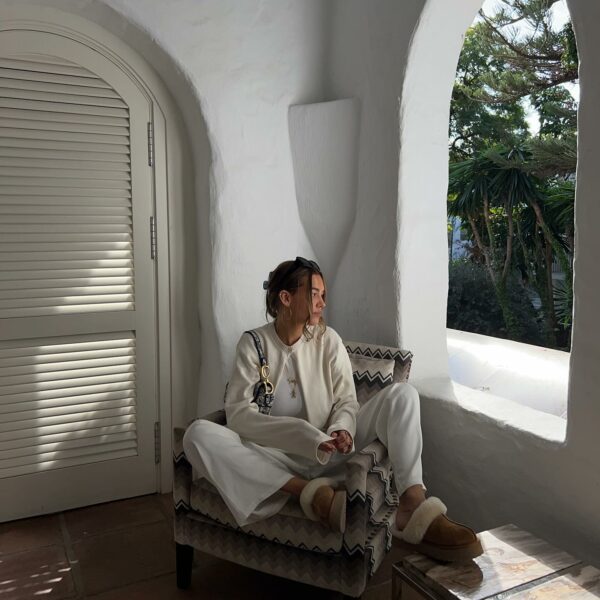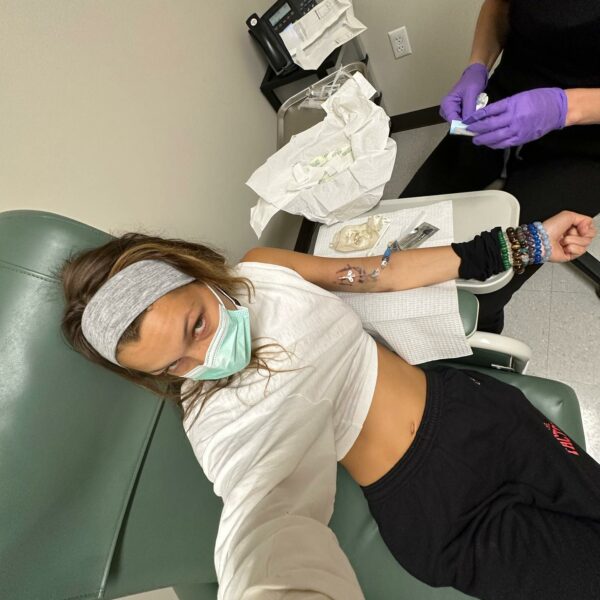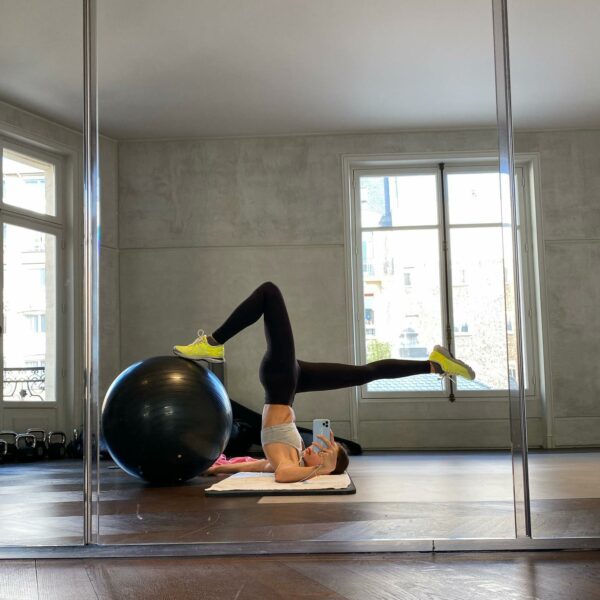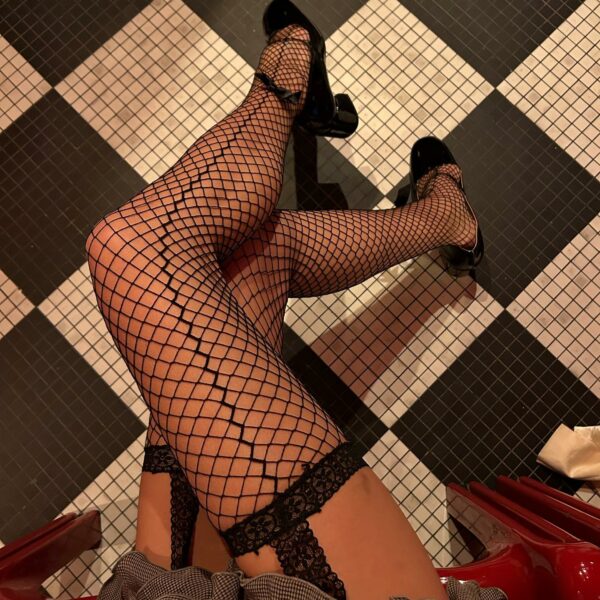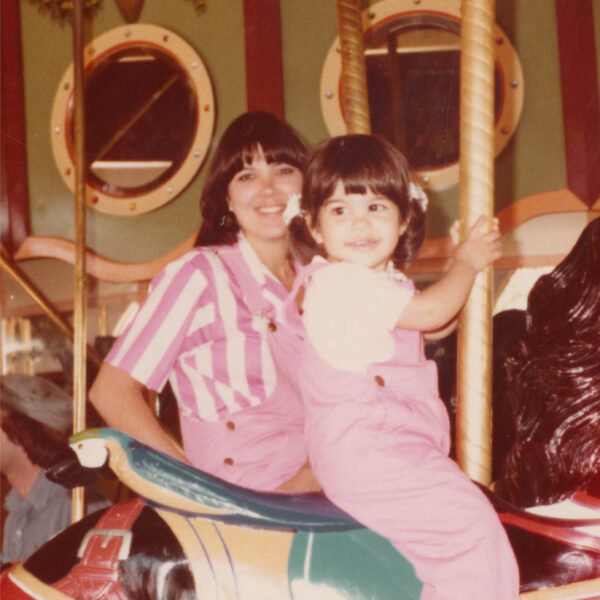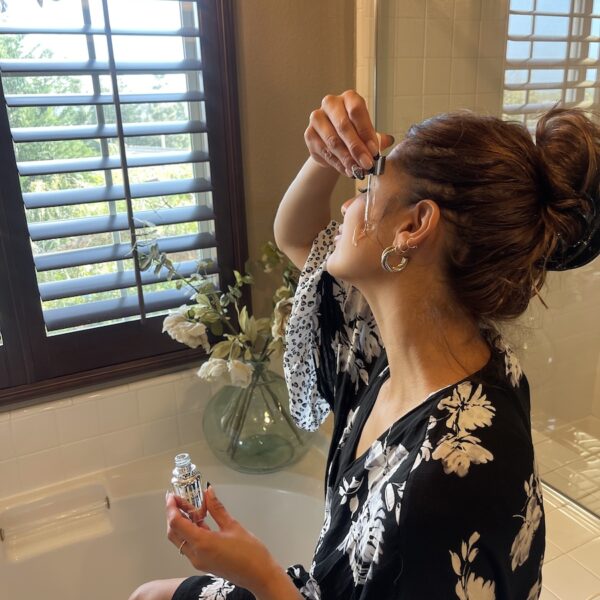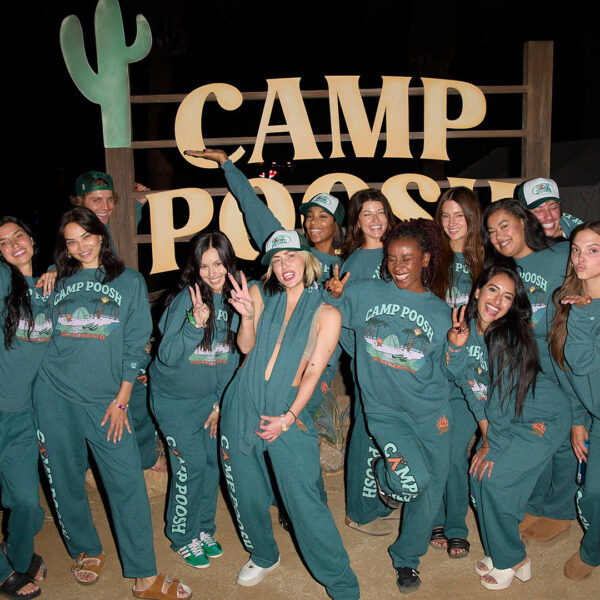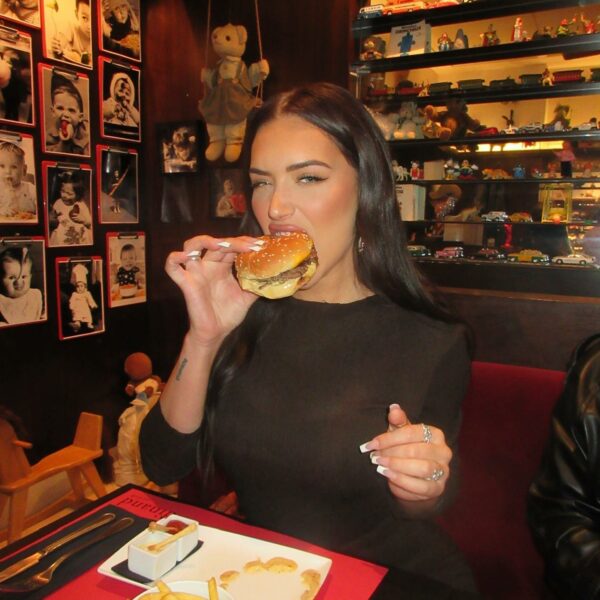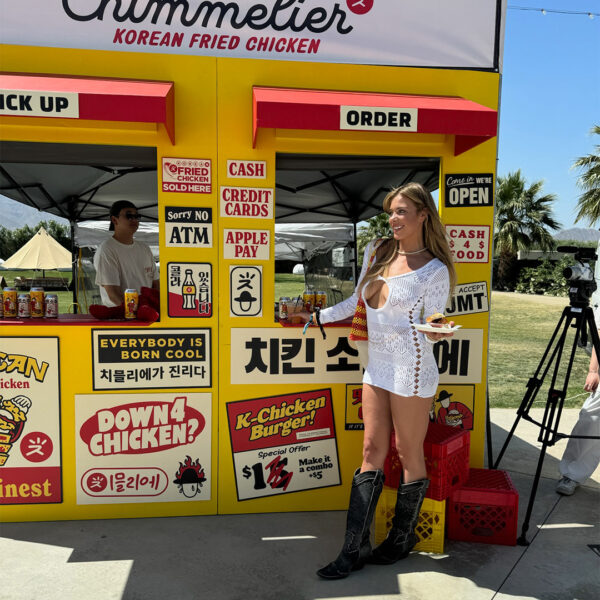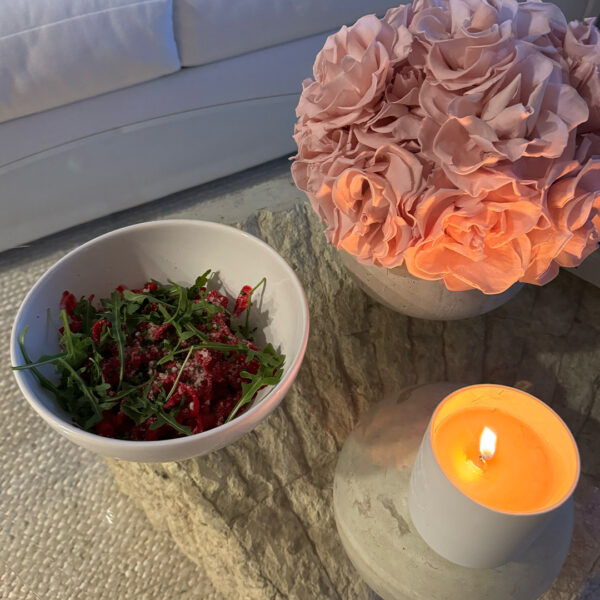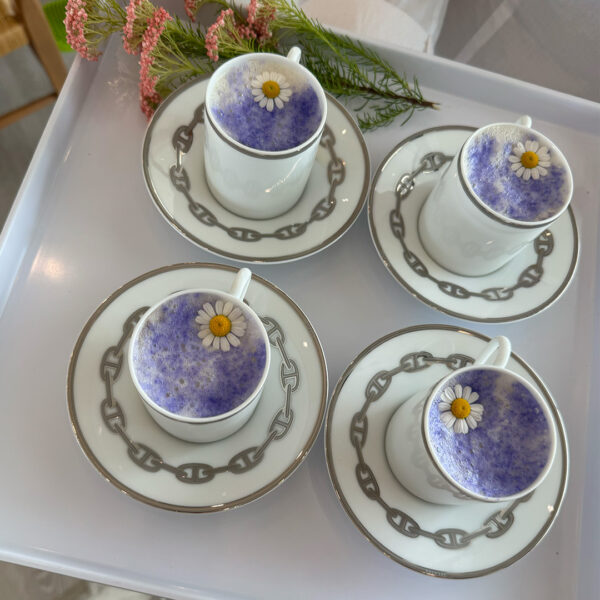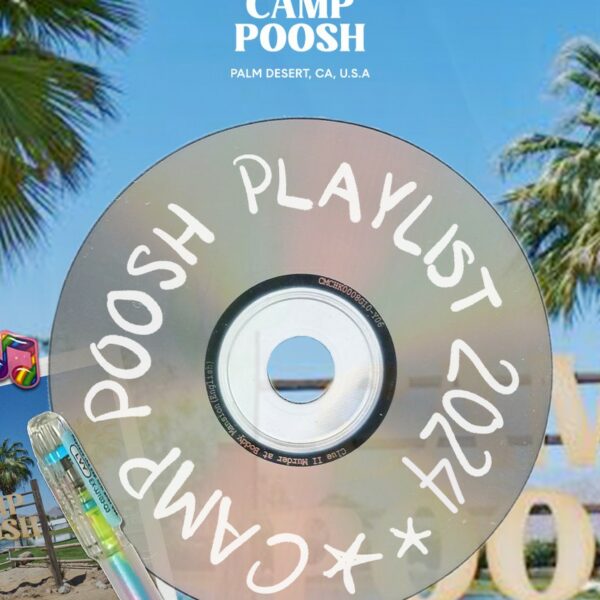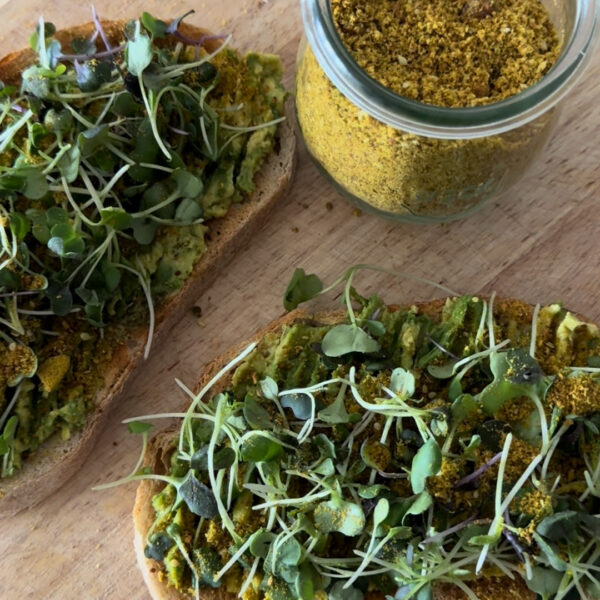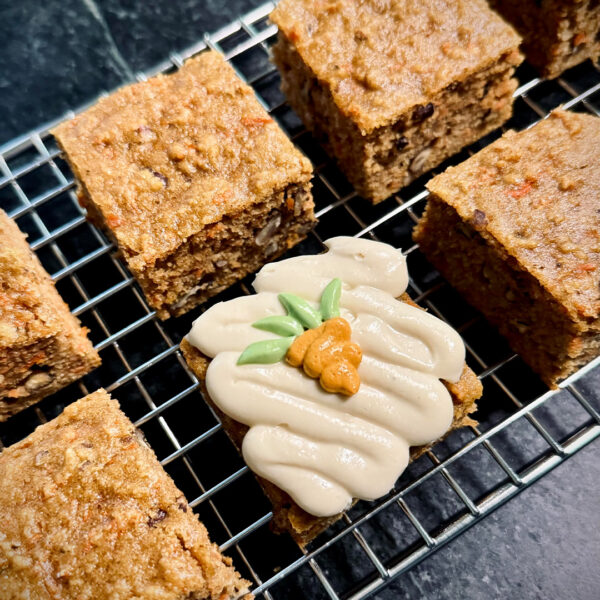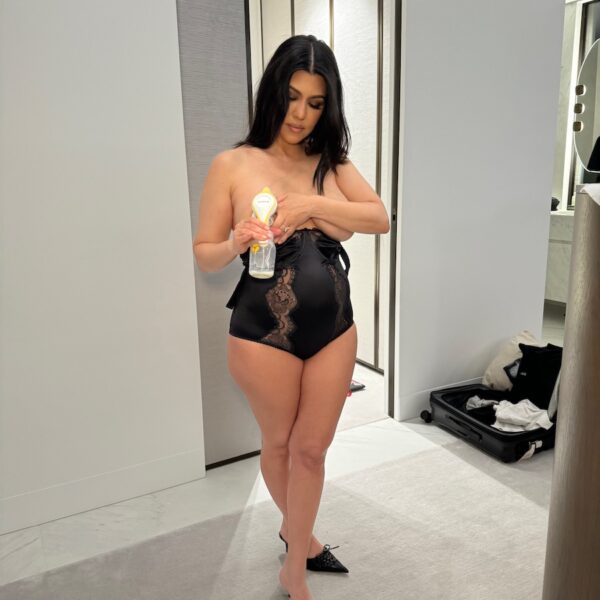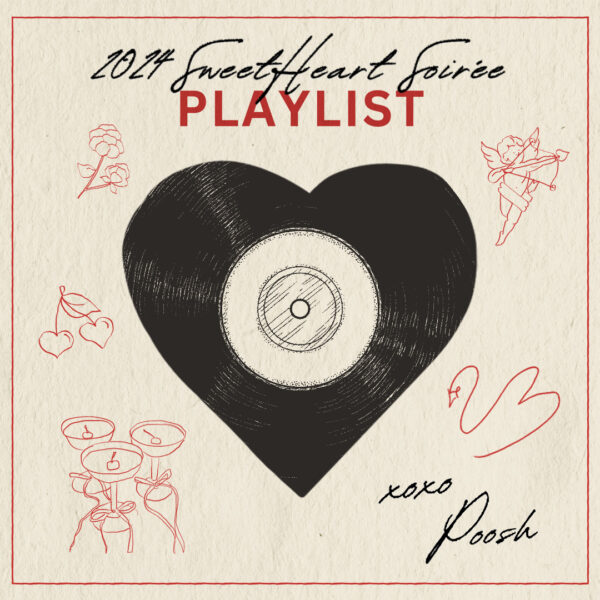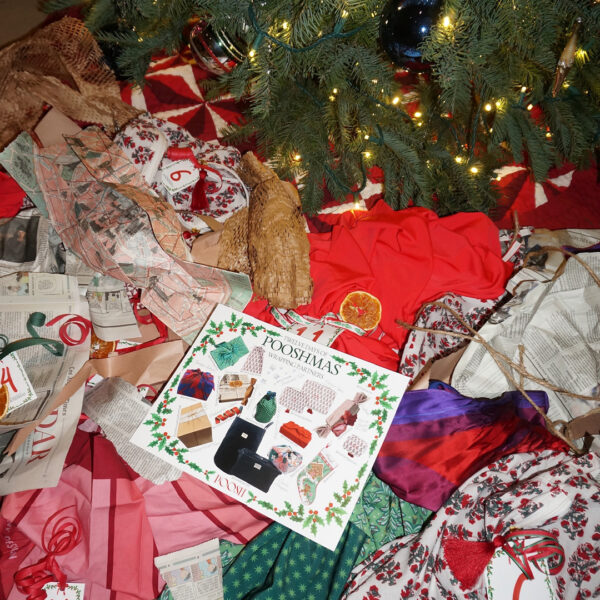You may have noticed cheese plates populating your Instagram feed recently. I’m not mad about it. Cheese plates have been my favorite creative snack since I was young. I created That Cheese Plate as a way to document the plates I made for friends and family. Building a cheese plate is an artistic expression. It’s a therapeutic outlet for me. Creating something so beautiful out of individual parts forces you to slow down, be present, and bring people together. After a few years of designing cheese plates, I came up with a concept called Cheese By Numbers, a step-by-step guide to building the perfect cheese plate every time. You too can impress your guests with a few simple tips.
How to Create the Perfect Cheese Plate
First, select your board. Boards come in all shapes and sizes. I’ve used a proper cheese board, cutting boards, and even cookie trays. You may have noticed the “grazing table” trend—massive cheese plates created directly on an island countertop. As long as you have a flat surface, you can make a cheese plate on anything.

Next, place your ramekins. I like to use four-ounce glass ramekins for jams, compotes, and any item in a brine (cornichons, olives). Setting your ramekins first creates the initial foundation to build upon. Now, on to the Cheese By Numbers method.

Step 1: Cheese
Choose two to four different cheeses for your plate. I like to use a combination of different milk types (goat, cow, sheep) or a few different textures (soft, hard, gooey). On this plate, I used Wendell (cave-aged Tomme) and Peggy (Camembert). Place the cheeses on opposite corners of the board to ensure the flavors have their own space.
Step 2: Meat
Next, add your meat. I coined the term “salami river” to represent my style of folding meat. The salami river will essentially flow down the center of the plate. You want to make sure guests are able to graze freely. On this plate, I made a salami river that extends from the left down to the right of the dish.
Step 3: Produce
Now it’s time to add your produce. Fruits and vegetables add vibrant color without overpowering the flavors on the plate. Fruit acts as a natural sweet contrast to salty cheese and meat. Vegetables have a neutral flavor and add a fun element of texture. On this plate, I used strawberries, dragonfruit, and watermelon radish.
Step 4: Crunch
After you have your first three steps complete, it’s time to fill in the gaps with crunchy items like mixed nuts and crackers. I like to add some crackers to the plate, but build a separate “cracker plate” on the side to refill as guests begin to eat.
Step 5: Dips
Dips elevate your plate by adding another element to pair with the cheese and meat. I love using different flavor jams, compotes, or honey on my plate for that extra bit of sweetness to contrast the salty and creamy flavors.
Step 6: Garnish
Last but not least, the garnish. Adding garnish completes your plate, taking it to the next level of beauty. I love garnishing with fresh herbs (rosemary, thyme, sage) and fresh flowers. Make sure the flowers you use are washed and edible. If they aren’t edible, remove from the plate once the guests arrive. I personally don’t like to eat flowers, so I’ll always remove them from the plate once guests start diving in. They add a nice pop of color for a photo or tablescape.
Once you complete these steps, you’ll have a gorgeous cheese plate! For the best photo, take the picture from directly above on a solid background in indirect natural light. Pop a bottle of wine and enjoy the plate with your loved ones.
Written by Marissa Mullen
Marissa Mullen is the founder of That Cheese Plate and Cheese By Numbers and author of the forthcoming That Cheese Plate Will Change Your Life (Random House). She currently works as a creative director and teaches DIY cheese plate classes in New York City and beyond.
Show us how you recreate (or modify) this delicious recipe and use hashtag #pooshpalate for a chance to be featured on our social.



